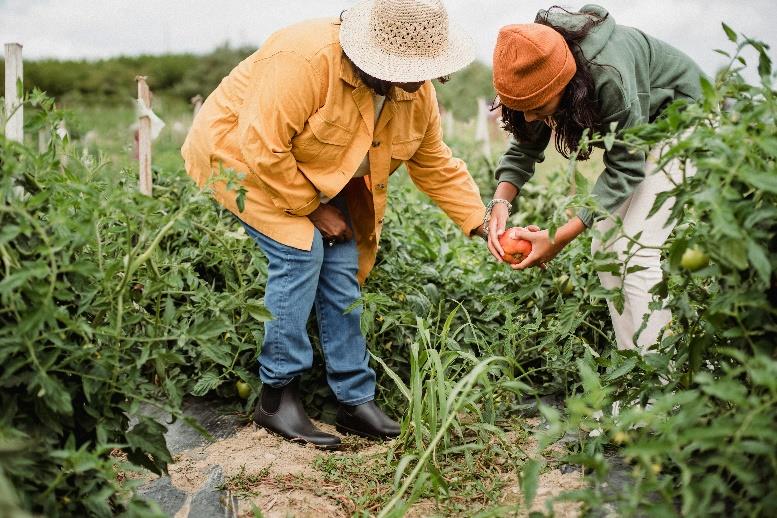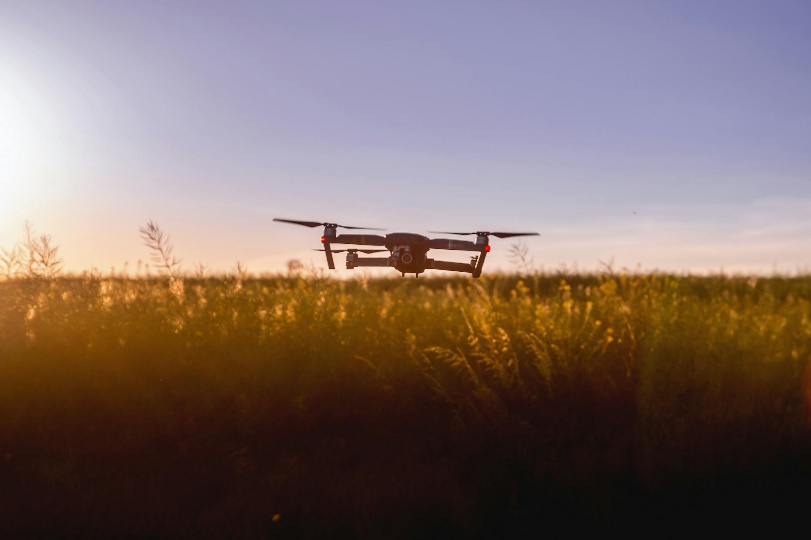Together with his parents, Niko spends part of his day running a small family farm, which produces 40 to 50 tons of fruit per year. The Dubrovnik-Neretva County where he lives is the southernmost and one of the richest in Croatia. Yet, local growers and producers suffer from both its peculiar geography and its strong disparities: “Coastal areas benefit from a strong tourist sector,” he confirms. “Whilst in the Neretva Valley and on the islands there are no industries, and all economic activities relate to agriculture.” One of the problems Niko has to cope with is that while fruits that stay fresh for a longer time as mandarins can be sold nationwide or exported to neighbouring countries, others, like peaches, spoil in just a few days. “As our county is miles away from the rest of the country, we can only sell them locally. As a consequence, some of our products have a very limited market and only during the 3 to 4 months of the tourist season.” Hence the challenge that Niko Bojbasa has been taking up as junior project manager for the City of Metković: improving the quality of life and reviving the local economy through artificial intelligence-based applications for agriculture.
 Picture: Zen Chung on Pexels
Picture: Zen Chung on PexelsTogether with Elmibit, Cropt is one of two start-ups that have been selected to provide these kinds of services within dRural, a European project aimed at tackling the depopulation of rural areas by boosting the development and the attractiveness of rural communities. Cropt’s co-founder Oskar Marko and his teams criss-crossed the countryside to sound out the needs of local farmers. “Following the Ukraine war, the prices of fertilizers and pesticides in the Dubrovnik-Neretva County have literally skyrocketed, putting the farmers under a huge pressure, and forcing them to produce more and more to be competitive on a market which has become increasingly global since Croatia’s entry into the EU,” he explains. Hence the idea of leveraging satellite and climate service data to tailor a crop monitoring service. This would enable farmers to cut costs and increase production by responding promptly to the specific needs of their plants and optimizing the use of resources. “We can't see it the way we did it 50 years ago when we applied more pesticides and fertilizers. Now we need to be more sustainable and reduce our environmental footprint, and the only way to do it is to be more efficient by making smart decisions based on data,” states Marko.
Cutting costs and carbon emissions, whilst increasing the competitiveness of local farm produce is also the goal of eOrchard and eVineyard, two applications tailored for Croatian farmers by Elmibit. “They help them not only analyse the time and cost of each production step but also optimise their practices by suggesting when and how much water and fertilizers to apply, thus resulting in both financial savings and environmental benefits,” explains its founder Matic Serc. Both apps automatically collect a whole set of information like weather and water evaporation data, and assist the farmers along the whole crop’s lifecycle from decision-making and planning to reporting the interventions on the field. The pivotal role of AI is to connect all available inputs and to translate them into valuable insights, like the analysis of production costs and irrigation needs, but also into “yield prediction”. “Yield prediction allows us to provide farmers with recommendations on the use of inputs like fertilizers and pesticides proportional to the yield but also with information on how much produce they’ll get,” explains Marko. “This will be valuable not only for optimising logistics, distribution, and sales but also for assessing the value of the farmland and calculating the farmers’ expected revenue, which is a precious estimation for banks and insurance companies, for both granting loans and refunding them in case of damage.”
These kinds of advantages are among the reasons why the global market of AI-powered solutions to agriculture is expected to almost triple by 2028 and experts agree they could significantly contribute to taking up the challenge of feeding a world population, set to reach 10 billion by 2050. Yet, as stressed by the recent EU study “Artificial intelligence in the agri-food sector - Applications, risks, and impacts,” such solutions also raise a number of concerns. Josse De Baerdemaeker, emeritus professor from the University of Leuven, in Belgium, is among its authors. “We should train farmers to really work with and not for artificial intelligence. One thing we should pay attention to is for instance how it will be used by intermediaries, such as distributors and retailers,” he warns. “What is at stake is preserving the freedom of choice of both consumers and farmers, and making sure that they will keep operating independently. We should avoid coming to a point where farmers become just employees of retailers. Will they end up forcing farmers to produce what they know the consumers want? And does it mean that one day we will only have one variety of apple or grain, at the expense of biodiversity?”
 Picture: JESHOOTS.com on Pexels
Picture: JESHOOTS.com on PexelsOne more concern raised by De Baerdemaeker is the “societal responsibility”, as he calls it, to make the benefits of artificial intelligence accessible to all. “So far, European agriculture has been largely characterised by a large number of small farms, but its structure may be affected as well. It will all depend on who can afford the technology. Farmers' organisations, national governments, and EU policies must make sure that there is a coordinated effort to leave no farmer behind,” he argues.
The solution, he points out, is to invest in digital infrastructure and training “to empower farmers and farm-workers with equal opportunities that may otherwise only be accessible to big corporations.” This is why Niko Bojbasa and his colleagues scheduled a “regional info day” in Metković to inform farmers and citizens of all the available services. “What is now needed is to go more on the ground, to show them how these applications work and how they can best take advantage of them, but this is only the beginning,” he says. As agriculture, in the region, is still mainly based on traditional methods, it will then be crucial to gain their trust and foster a new mindset, explains his colleague Romana Popovic, senior advisor for the Dubrovnik-Neretva County: “There’s a lot of work on modernisation and awareness-raising to be done. The possibility is there, but we need to reassure people and explain to them that technology is the way to go. Change is luckily underway and little by little their mindset is evolving, but we need to ‘think modern’. If we miss this opportunity, we’ll be stuck in the past.”